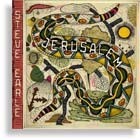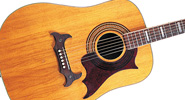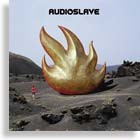
The news that former Soundgarden singer Chris Cornell was joining the three musicians in Rage Against the Machine, the hard rock/hip hop group that lost rapper Zack de la Rocha, was a true headscr-atcher. Would Cornell start rapping? Would the Rage guys go soft behind a singer?
No. And No. Cornell still wails and the former Rage still rages in a matchup that works surprisingly well on this debut CD. The band swings more than ever. Rage Against the Machine impressed with its energy, social consciousness, and willingness to mix styles, yet it was never something I’d put on to groove heavily to for 45 minutes. Not so with Audioslave.
“Cochise,” anchored by bassist Tim Commerford’s cool envelope-filter-ish riff, opens things with a whack to the head. “Set It Off” is another full-on assault, propelled by Cornell’s chorus-call to action. “Hypnotize” features a slinky dance beat in a U2 “Mysterious Ways” way, and slow-burners “I Am the Highway” and “Getaway Car” are enjoyable, melodic respites from the fierce swagger. Inventive guitarist Tom Morello remains the king of the toggle switch solo, designed to simulate a DJ scratching vinyl on a turntable; “Bring Em Back Alive” is a prime example. Producer Rick Rubin, meanwhile, gets an amazingly powerful and pure sound (as usual).
Some might decry the disappearance of Rage Against the Machine’s overt political references or bemoan the more “traditional” songs and themes, but to me the change is refreshing – don’t we already have 5,327 other young bands copping the old Rage thing these days, anyway? And though it’s easy to compare Audioslave to the members’ previous bands, this doesn’t feel like a simple case of that Soundgarden guy joining those Rage dudes. No, this is a real de la rocker.
This article originally appeared in VG‘s Mar. ’03 issue. All copyrights are by the author and Vintage Guitar magazine. Unauthorized replication or use is strictly prohibited.

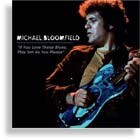
.jpg)
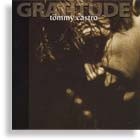
.jpg)
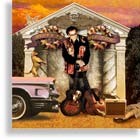
.jpg)
